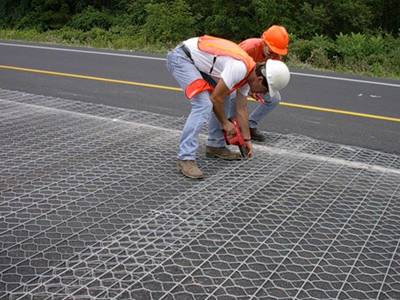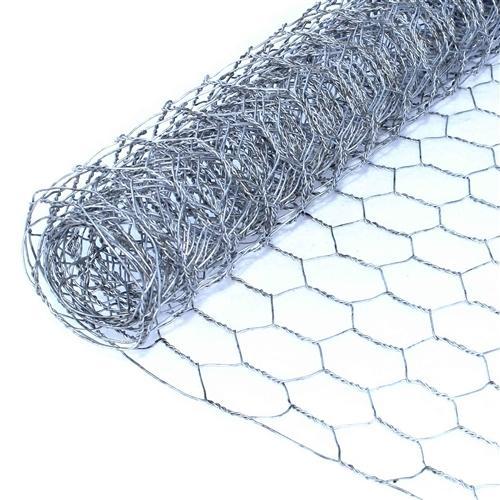hexagonal wire mesh
-

Galvanized Chicken Wire
Galvanized chicken wire is a widely used fencing option. It’s made from a metal wire that has been coated with zinc or another metal. Galvanized chicken wire is popular in gardens because of its affordability and the fact that it’s easy to install. For example, you can use it to build a simple fence for your garden to keep out insects. Chicken wire is also used to fence in areas that will be used to grow vegetables.
-

Hexagonal Wire Mesh / Chicken wire mesh fencing
Hexagonal wire mesh is a kind of wire mesh with a hexagonal shape. It’s also called chicken wire mesh fencing, chicken wire fence, poultry wire mesh, hexagonal wire netting. It’s made from low-carbon steel wire or re-drawn steel wire. It is widely used in agriculture and construction. And it’s popular around the world, especially in Africa and South America. We are a hexagonal wire mesh supplier based in China and export goods with good quality and low cost.
-

PVC Chicken Wire
PVC Chicken Wire is a type of hexagonal wire mesh with a PVC layer for farming. Chicken wire is created by wrapping hexagonal-shaped wire fencing around vertical wire fencing. Chicken wire is used to keep chickens and other poultry within a given area. It also can be used in a very similar way to the woven wire to keep small animals (such as dogs) away from plants and gardens.
-

Road Mesh
Road Mesh or hexagonal road mesh is a type of wire mesh that is made from steel wires. These wires are first double twisted and then woven into the mesh structure with repeating hexagonal meshes. Finally, a transverse rod is also woven into all the hexagonal meshes to improve the structural integrity.
-

Stucco Mesh
Stucco mesh netting is a type of hexagonal wire mesh that you use to cover your stucco work. It comes in a variety of different sizes and materials, but they all serve the same basic function: to keep debris out of the stucco as it dries. This can be particularly important if you’re working on a large job and there’s a lot of wind or other factors that could cause problems.




